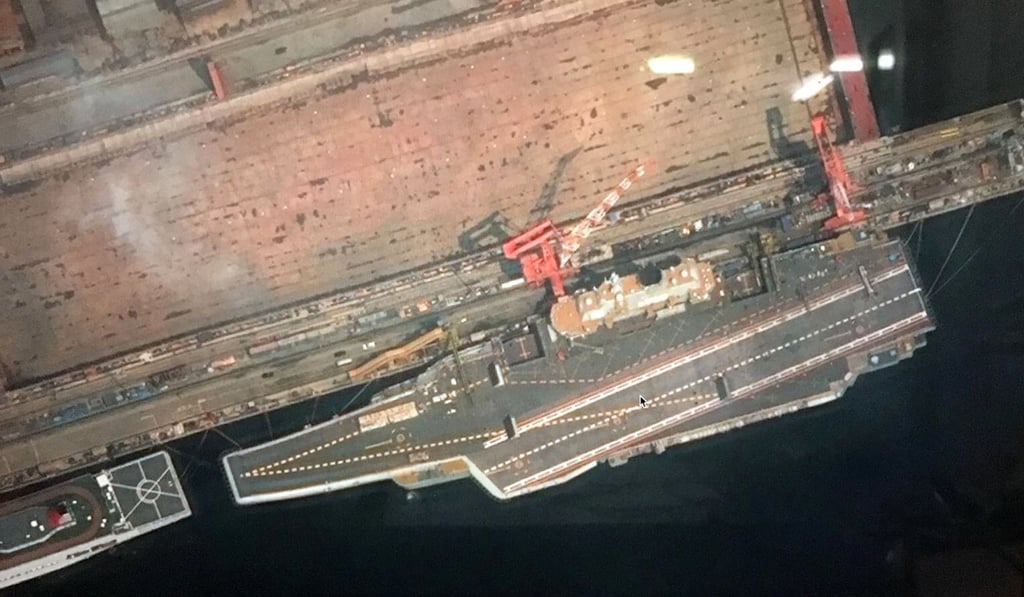China’s first home-grown aircraft carrier could join the navy ahead of schedule
Early service for the Type 001A points to China speeding up its effort to build a navy that can secure trade routes and challenge the US in the South China Sea

China’s first home-grown aircraft carrier, the Type 001A, is likely to join the navy of the People’s Liberation Army by late next year, earlier than scheduled, analysts said.
The earlier-than-expected start to the carrier’s service marks a key acceleration of China’s effort to build up a blue-water navy to secure the country’s key maritime trade routes and to challenge the US’s dominant position in the Asia-Pacific region, especially in the South China Sea and the East China Sea.
China has one aircraft carrier in operation now - the Liaoning, which went into commission in 2012.

The 300-metre ship was refurbished from the unfinished Soviet carrier Varyag, which China bought from Ukraine in 1998. China’s first home-grown carrier, launched on April 26, and naval experts previously expected the ship would join the Chinese navy only by 2020.
However, two military sources told the South China Morning Post the navy had expected the Type 001A would be delivered to them as early as the end of 2018, or by 2019.